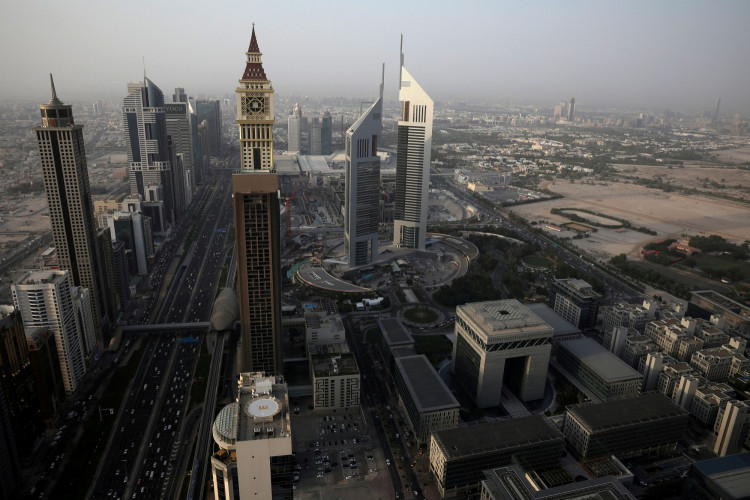The skies opened in the United Arab Emirates following weeks of temperatures more than 50C (112F) - thanks to an army of cloud-seeding drones and aircraft.
Weather forecasts across the country, from Dubai to Abu Dhabi, were loaded with warnings of heavy rain over the weekend.
The National Centre of Meteorology of the UAE has posted a video of cars driving through rain in Ras al Khaimah, the country's northernmost region, followed by another rainy day near Al Wagan Airport.
The center later said on Twitter that much of the country's unseasonal rain is because of its multimilliondollar cloud-seeding work. The meteorological office told Gulf News recent wet days were because of their rain programs.
Water security is expected to be one of the UAE's most difficult challenges this century. The average annual rainfall in Abu Dhabi is only 42 millimeters (1.7 inches), with the majority of this falling on just a few days in winter.
As the climate crisis worsens, much of the Middle East and North Africa may expect even lower rainfall and longer, deeper and more frequent droughts. Clearly aware of the issue, the UAE has been putting resources into a variety of rain-making technologies for decades.
The UAE Research Program for Rain Enhancement Science said that the country's rain initiative began in the 1990s, in collaboration with the National Center for Atmospheric Research in the U.S. and NASA.
The Gulf state has significantly increased its rain enhancement effort in recent years. The UAE launched 219 cloud seeding operations across the country in the first six months of 2020 alone.
In the face of a highly dangerous heatwave, it is critical to engineer the weather. Experts agree the effective creation of rainfall could act as a forerunner of geoengineering technology around the world.






